Many students may not realize that their clothing choices are connected to serious global challenges.
This article presents information on the impacts that fashion choices have on sustainable development along with some ideas for how consumers can reduce their impacts.
As we enter the traditional “back to school” season in the northern hemisphere, many students’ attention may be turning to their fashion options as they return to school (or in some cases, dream about the day that the global health pandemic will have subsided and it will be safe to return to school). Students may not realize that their clothing choices are connected to serious global challenges.
This article presents information on the impacts that fashion choices have on sustainable development, along with some ideas for how consumers can reduce their negative impacts. I break the details down according to specific SDGs, with reminders of the interconnections with other SDGs.
There is a price to pay for a USD3 top, and it falls on the person who made it.
Clean Water and Life Below Water (SDGs 6 and 14)
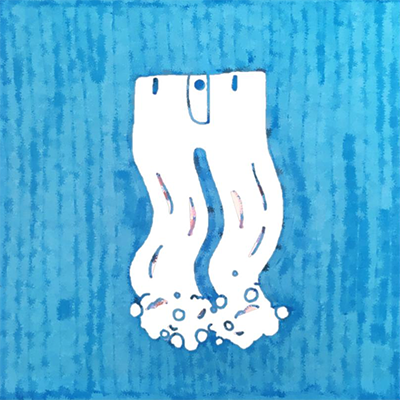
The UN Alliance for Sustainable Fashion estimates that 20% of industrial wastewater results from the fashion industry. Water is essential to the industry, but it doesn’t get treated with that respect. Dyes (and sometimes toxic chemicals) used in textile manufacturing are dumped into communities’ water sources, tainting water that could be used for drinking, bathing, or watering crops. Additionally, it takes lots of water to produce clothes, which depletes our freshwater supplies. It takes 2,000 gallons to make a single pair of jeans.
Energy Consumption (SDG 7)
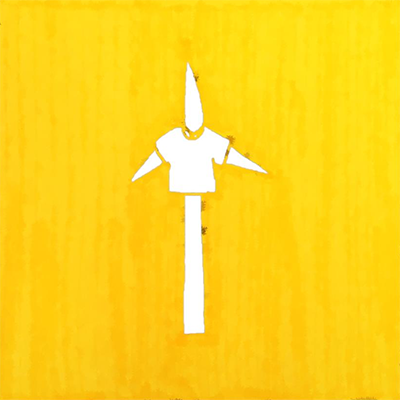
As with most consumer goods, energy is required to produce our clothes. The good news is that carbon-neutral factories are not out of reach. Sree Santhosh Garments, which is located in India, uses wind and solar energy to power garment production, and still ends up with extra energy to send back to the power grid. If fashion needs factories, clean energy could be prioritized in the industry.
Decent Work (SDG 8)
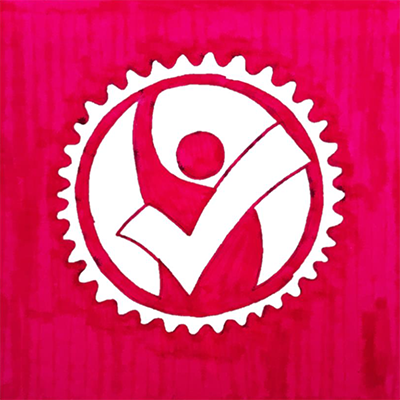
Just as food can be Fairtrade, so can clothing. To ensure that the people making their clothes are actually being paid and treated fairly, companies can work with organizations like the World Fair Trade Organization, which has a guarantee system to evaluate a business’ upholding of the 10 Principles of Fair Trade. Clothes made by someone who is paid a fair wage for their work will be more expensive than fast fashion pieces, but that makes sense. There is a price to pay for a USD3 top, and it falls on the person who made it.
Industry and Innovation (SDG 9)

One business’ trash is another business’ treasure. Some brands use deadstock fabrics to make their clothing. Deadstock (also known as overstock) is fabric that is unused by big fashion companies because it is damaged or produced in surplus of what the company needed. Deadstock fabric supply can benefit small businesses, who don’t have as much financial power as big companies, nor do they need as much fabric. However, buying deadstock isn’t really “rescuing” material destined for a landfill. Fabric production is a costly process, and fabric manufacturers often exploit the marginal profit that can be gained from purposely producing fabric in excess of what big fashion companies order because they know that someone will buy it at the deadstock price.
Responsible Consumption (SDG 12)
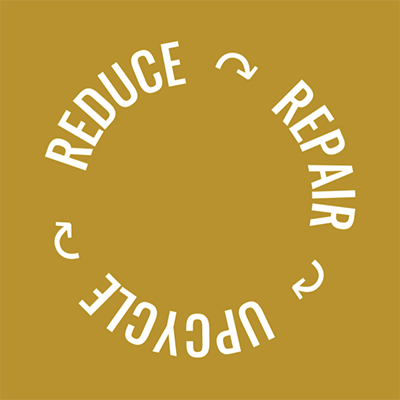
Some of the onus for the creation of a more sustainable fashion industry falls on the shoulders of consumers. The rise of “fast fashion” has made consumers believe that they need to buy more clothes, and keep them for a shorter period of time. Instead of buying 50 items every year that will be worn twice, a consumer seeking to advance the SDGs should seek out high-quality items that will last a long time, and only buy items when they are really needed. When a pair of jeans splits a seam, don’t throw them away. With the money you save by not buying another 49 new things, go to a tailor, or use the internet to learn how to patch denim. Some brands even offer their own repair services.
When you are really and truly done with a piece of clothing, consider upcycling it instead of donating it. Unless the piece is in really good condition and would sell in a consignment store or look great on a friend, there is a good chance it will end up becoming waste. Think about where you are producing the most waste, and how you can use your unwanted clothing to fill that space. Use t-shirt rags instead of paper towels, for example, or make a denim tote bag to carry your groceries.
Life on Land (SDG 15)
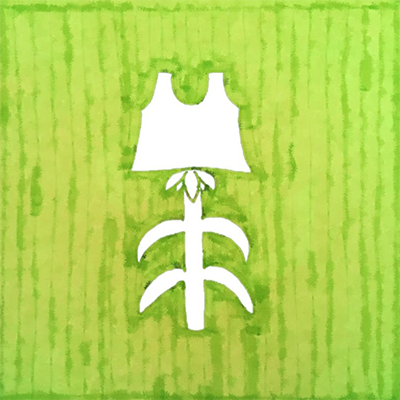
Plastic is undoubtedly bad for the environment, and yet we love to wear it. To produce our polyester blends, companies draw on nonrenewable resources and then generate tons of emissions in order to make the plastic into a wearable material. Additionally, when plastic textiles get washed, they release microplastics into the ocean. Natural fibers like cotton do not require nearly as many emissions as polyester, but not all natural fibers are created equally.
Organic textiles cause less harm to the environment, but still draw water from communities that might not have enough water to drink or raise edible crops. While cotton doesn’t require as much energy to grow or release as many emissions as polyester, some researchers have calculated its ecological footprint to be higher than polyester due to the amount of water it needs to grow. Hemp is an alternative natural fiber that grows quickly and does not need as much water as cotton does, but it can be costly. Another issue to consider when prioritizing natural fibers is mono-cropping, which destroys native biodiversity, and the clear-cutting of forests for agriculture, which destroys entire ecosystems.
The SDGs provide a framework of considerations that consumers should take into account, including when they are shopping for clothing. The SDGs can help consumers to identify opportunities to reduce their environmental impact, and ensure that the linkages between fashion and global challenges are positive.
This article was authored by Lydia Grund, IISD Generation 2030 intern and biology and environmental science and policy major, The College of William & Mary. The illustrations were also created by Lydia Grund.